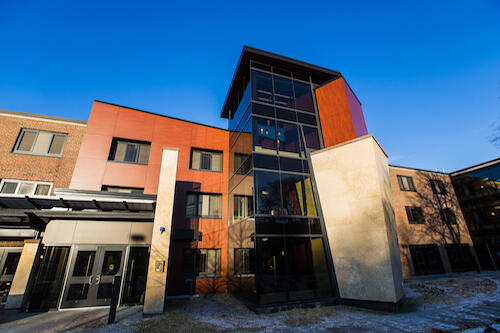
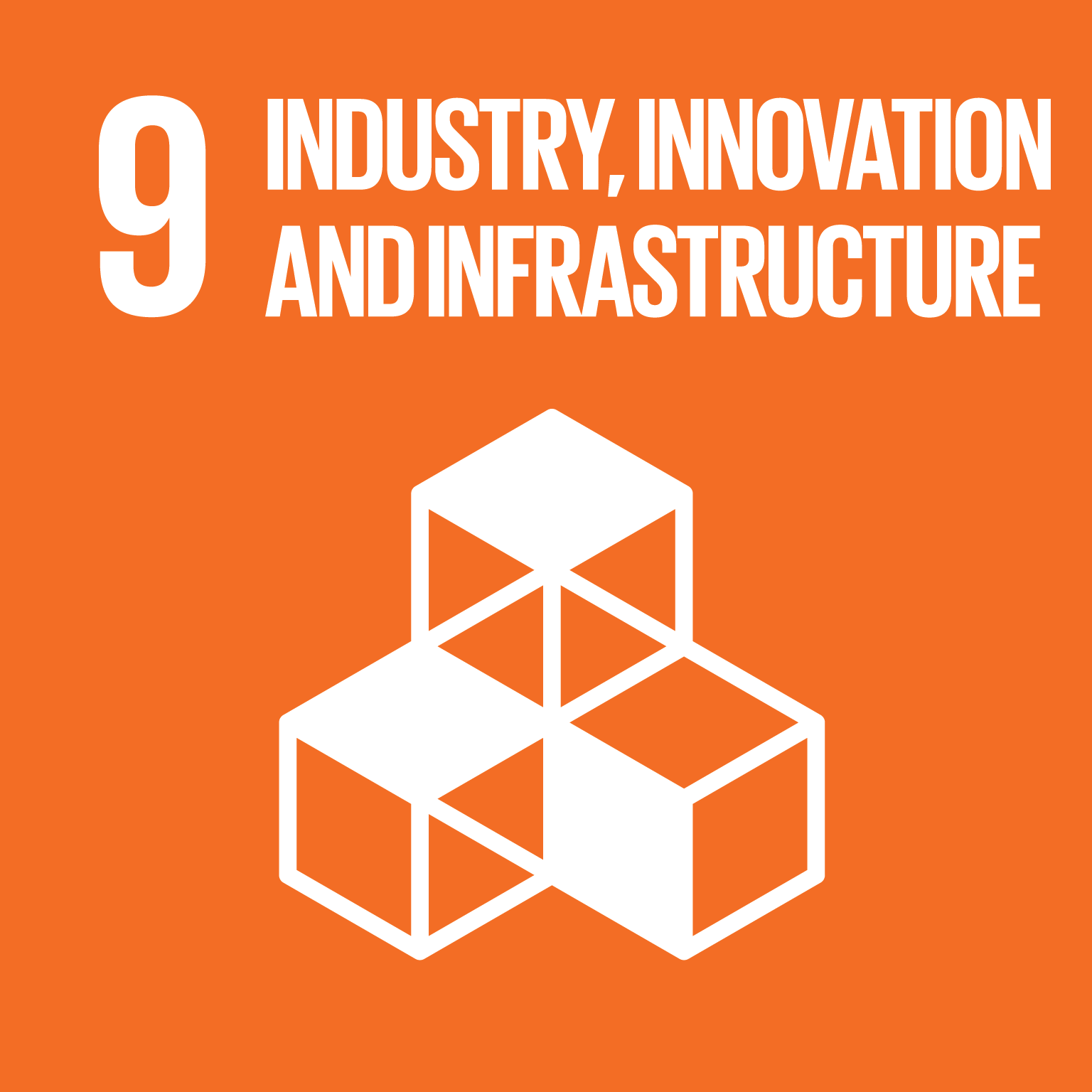

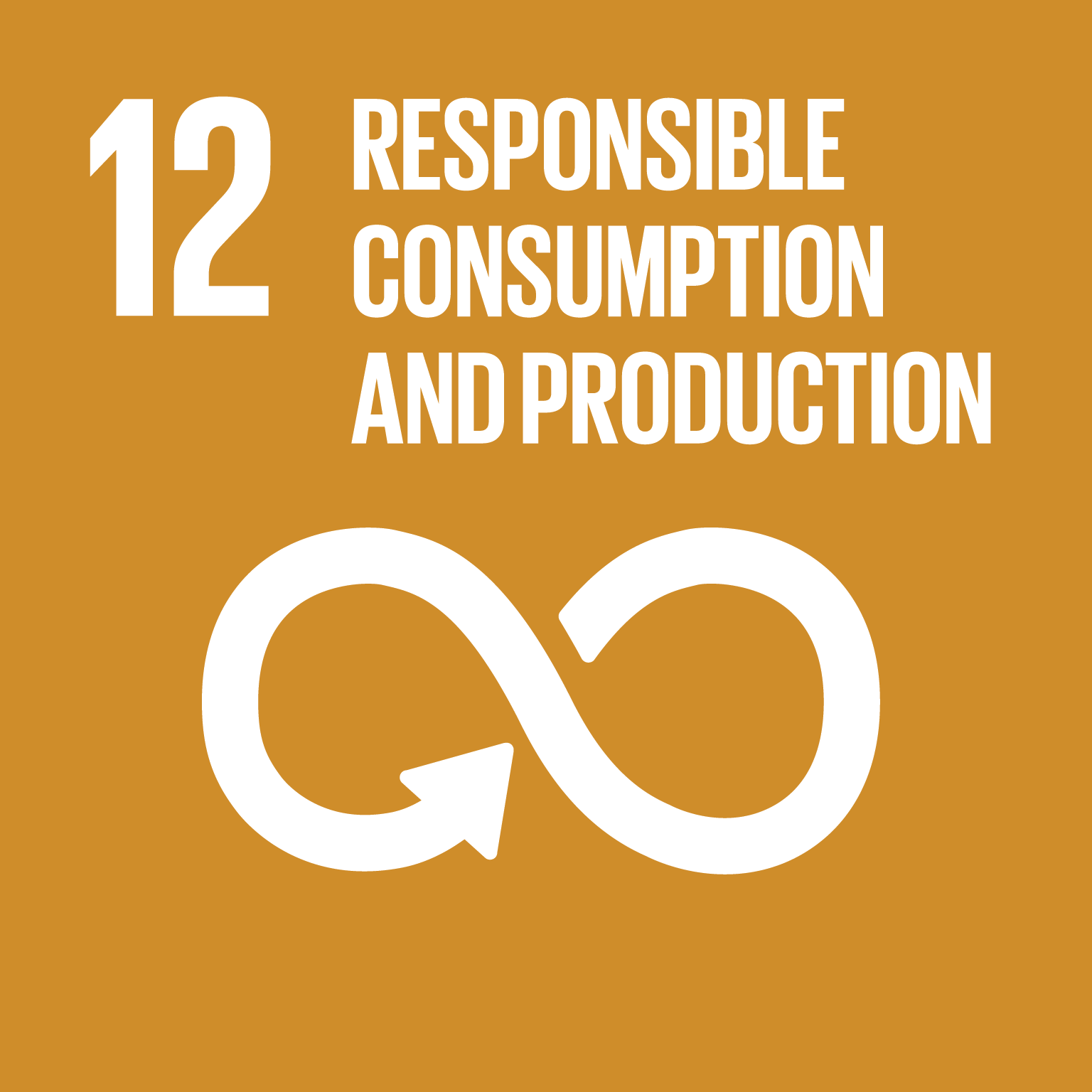
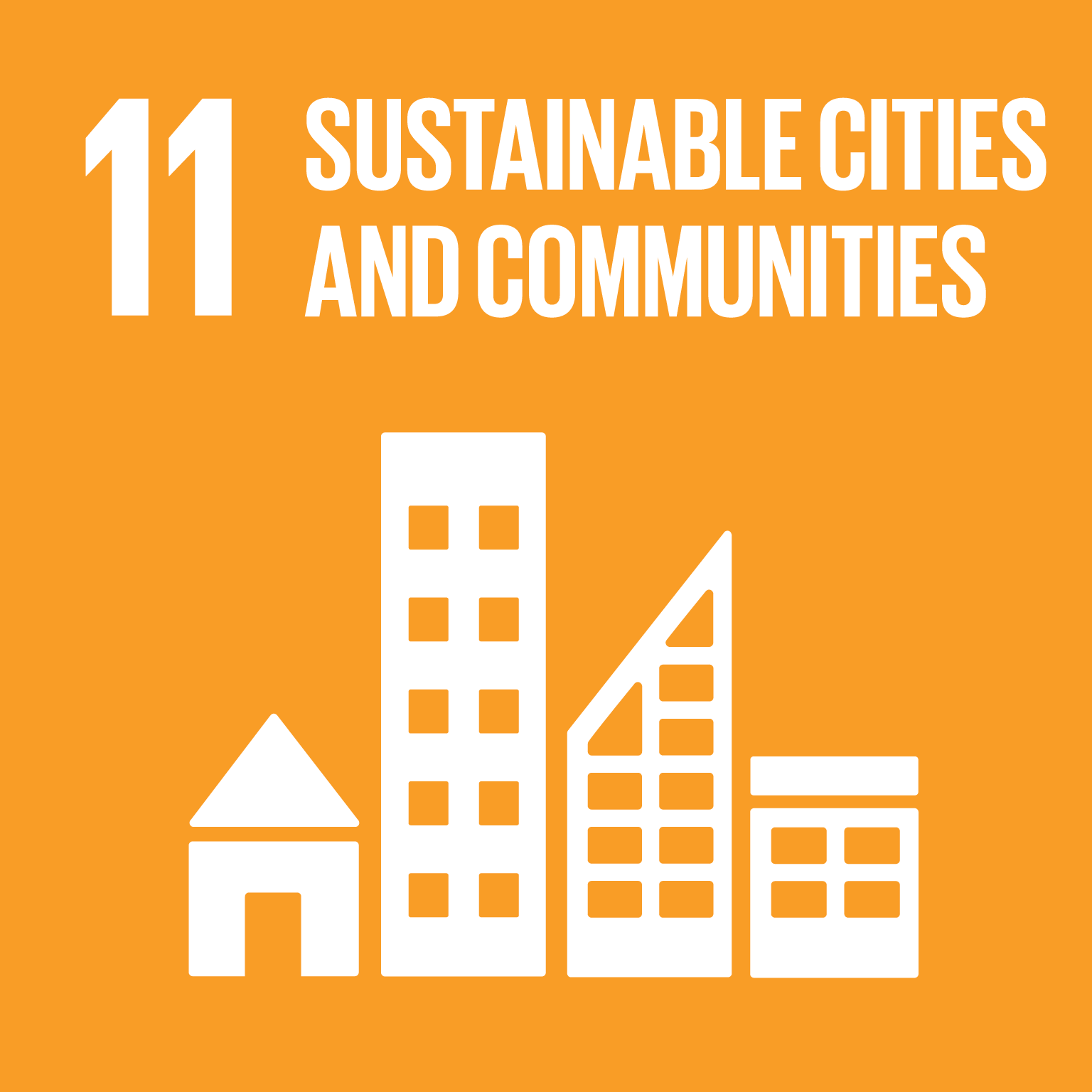 As a member of the U.N. Global Compact, Geneseo strives to initiate and support curriculum, projects and improvements that address sustainability, including the United Nations Sustainable Development Goals (see icons at right).
As a member of the U.N. Global Compact, Geneseo strives to initiate and support curriculum, projects and improvements that address sustainability, including the United Nations Sustainable Development Goals (see icons at right).
When Nick Komprare ’86 was living in a triple in Monroe Hall, microwaves were still a novelty. He laughs remembering how his girlfriend overheated a chicken nugget until the flaming, shriveled remains set off all the fire alarms and emptied the residence hall.
He also recalls the calmer moments — sunsets in the valley, playing Frisbee every evening, and the lifelong friends he made.
“It’s where you do a lot of your growing up and maturing,” he says. “You go through that process with your friends. I formed some strong bonds there.”
His fondness for his time there hasn’t changed, but technology has.
In the new Monroe, students are flushing toilets with rainwater collected from the roof. Heating and cooling is controlled by geothermal wells deep underground, to reduce energy use. From a computerized screen in the lobby, students can track how much energy is used – and is being saved in Monroe – in comparison to other buildings on campus.
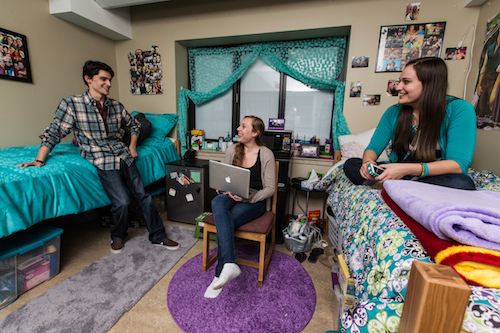 Prior to renovation, Monroe was the third-oldest existing residence hall on campus. Built in 1961, Monroe had not had any major changes to its infrastructure or furnishings. Monroe took a year and a half to gut and renovate. It was completed in December and opened in January to 160 transfer students and guaranteed admission freshmen.
Prior to renovation, Monroe was the third-oldest existing residence hall on campus. Built in 1961, Monroe had not had any major changes to its infrastructure or furnishings. Monroe took a year and a half to gut and renovate. It was completed in December and opened in January to 160 transfer students and guaranteed admission freshmen.
In keeping with Geneseo’s commitment to sustainable development, Monroe is built to a high level of Leadership in Energy and Environmental Development (LEED) standards. The entire process – from design to construction – used environmentally friendly materials. Even construction waste that accumulated during demolition was recycled, says David Norton, project manager. It is the second building on campus to utilize geothermal wells.
Komprare and other alumni will find an entirely renovated residence hall, with small luxuries that make a huge difference.
There is an elevator, new-style rooms, and suites — and no more running to the basement with a handful of quarters. The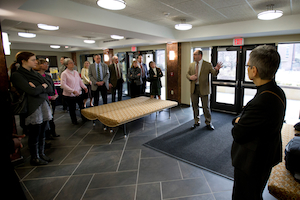 re’s a laundry room and kitchenette on each floor. A computer program even alerts students when a washer is free.
re’s a laundry room and kitchenette on each floor. A computer program even alerts students when a washer is free.
The big open lobby has been replaced by a smaller lounge, and a new conference room, seminar room and media lab. Celia Easton, dean of residential living, envisions Monroe will become a living-learning community, where students with similar academic classes can live and learn simultaneously.
“I’m really excited for both aspects – how innovative it is for the environment and the students,” says Pat Langan ’13, a Monroe resident assistant. “Its exciting that this is a step forward for the campus in becoming eco-friendly.”
Geothermal wells and rainwater harvesting are excellent steps in reducing the college’s carbon footprint as part of the American College and University Presidents Climate Commitment, says Lisa Johnson ’13, president of the Geneseo Environmental Organization. President Christopher C. Dahl signed the national agreement in 2007, vowing to reduce the college’s overall impact on the environment and integrate sustainability issues into education and Geneseo culture.
— Daniel O’Brien ’13